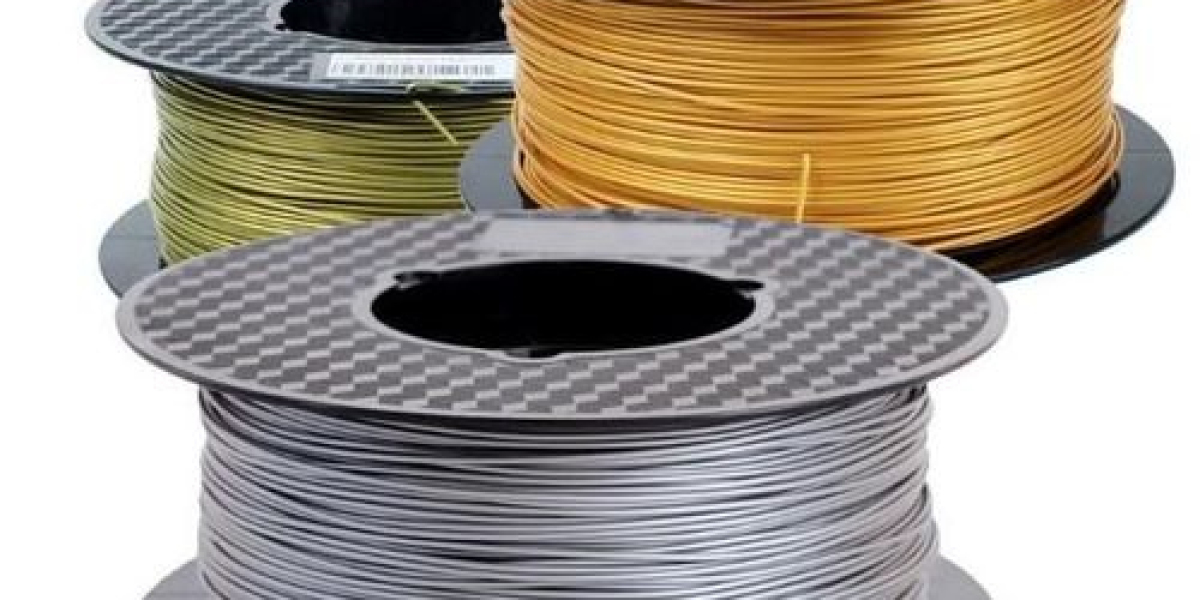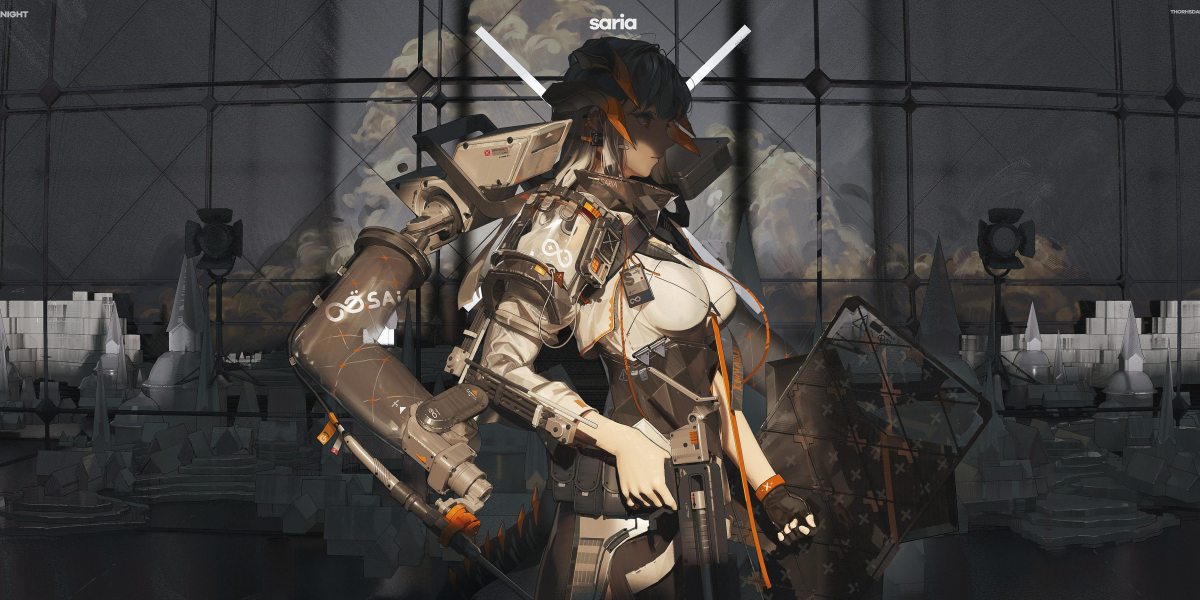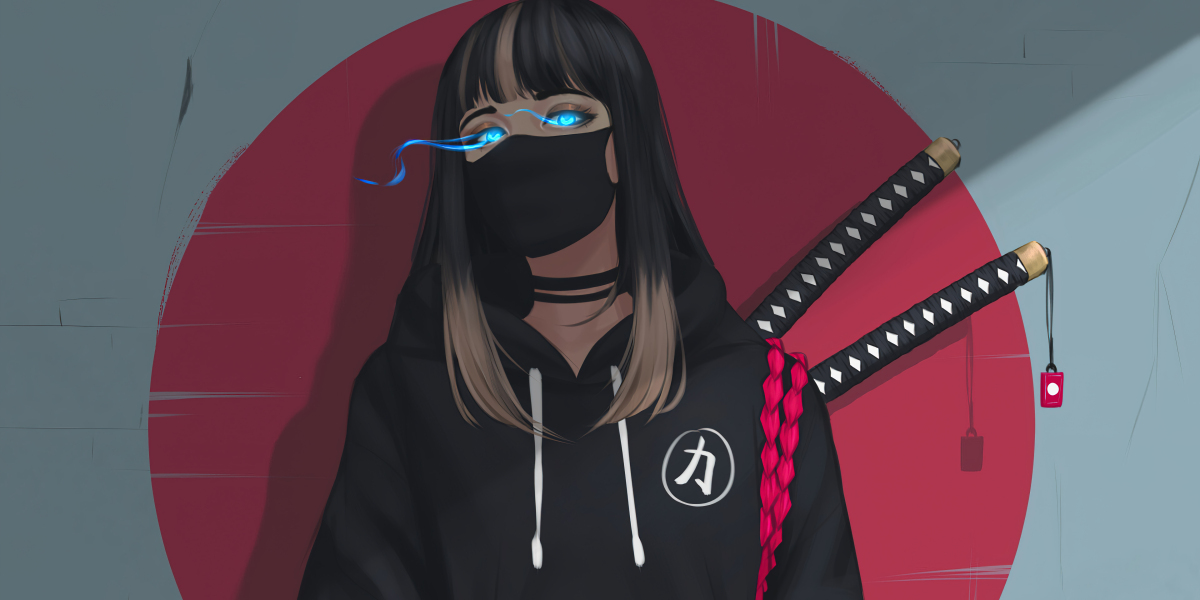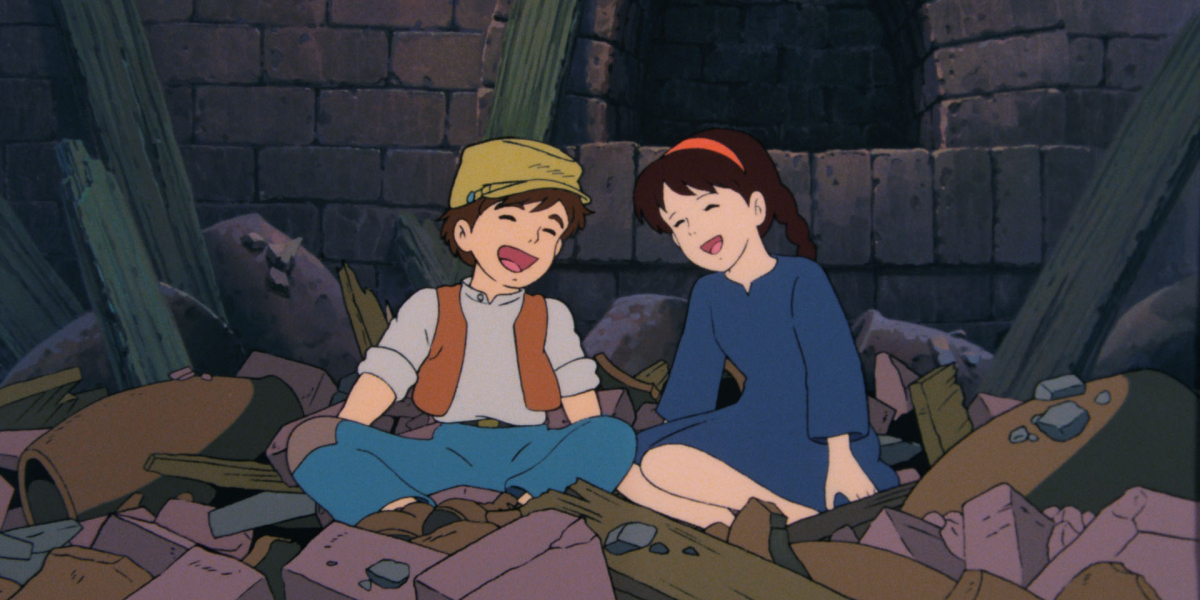One of its standout features is its strong layer adhesion, which contributes to the material’s durability and resilience in various applications. When PETG layers bond well, the result is a solid print that withstands stress, weather, and mechanical forces. This article explores the benefits of PETG’s layer adhesion, its potential challenges, and how to optimize settings for consistent, high-quality results.
The Importance of Layer Adhesion in PETG Printing
Layer adhesion is fundamental to the strength of any 3D printed part. It refers to the bonding between successive layers of melted PETG filament as they’re deposited during printing. Strong adhesion ensures that each layer integrates seamlessly with the next, creating a durable, cohesive structure. For applications demanding resilience—such as functional prototypes, outdoor parts, or components exposed to mechanical stress—PETG’s layer adhesion makes it an ideal choice. Its naturally high layer bonding results in parts that are less prone to cracking, delamination, or deformation, even under load or exposure to temperature changes.
Benefits of PETG’s Strong Layer Adhesion
Durability and Resistance to Impact
PETG’s excellent layer adhesion makes it inherently tough and impact-resistant. This property is especially beneficial for parts that will be subject to frequent handling or stress. Strongly bonded layers distribute force evenly, making the material resilient against impacts and reducing the risk of structural failure.Chemical and Moisture Resistance
The strong layer adhesion of PETG also enhances its chemical resistance. In well-adhered layers, there are fewer gaps for moisture or chemicals to penetrate, making it suitable for parts exposed to humidity or certain chemical environments. This property is particularly advantageous for outdoor applications, where prints face fluctuating environmental conditions.Enhanced Surface Finish
PETG’s robust bonding also contributes to smoother, more uniform surfaces, as layers fuse seamlessly without gaps or visible separation lines. For applications requiring a clean finish, strong adhesion minimizes post-processing needs, resulting in more professional-looking parts straight off the printer.
Optimizing Layer Adhesion with PETG
To achieve PETG’s best adhesion properties, certain printing conditions need to be controlled:
Printing Temperature: PETG’s ideal printing temperature is generally between 230°C and 250°C, with higher temperatures promoting better layer bonding. Experimenting within this range can help find the optimal temperature based on specific brand recommendations.
Printing Speed: Slower print speeds (around 30–50 mm/s) allow the filament more time to fuse with the previous layer. This ensures each layer bonds fully, enhancing strength and reducing potential separation.
Bed Temperature: A heated bed set between 70°C and 90°C provides stable adhesion for the first layer, which is essential for a strong foundation. It also prevents warping, keeping the part dimensionally stable and reducing stress between layers.
Minimal Cooling: Too much cooling can weaken layer adhesion by causing the filament to solidify before bonding with the previous layer. Keeping the fan at around 20–30% or even off for small prints enhances adhesion by allowing layers to cool gradually, reinforcing the bond.
Conclusion
The strong layer adhesion of PETG filament is a key factor in its appeal for durable, reliable prints. By optimizing parameters like temperature, speed, and cooling, users can take full advantage of PETG’s adhesion properties, producing parts that stand up to environmental stresses and mechanical demands. For both professional and personal projects, PETG’s robust layer bonding offers the durability and quality needed for functional, long-lasting prints.








